Day 1 Conference Speakers
Tracks: Smart Water Networks, Big Data and Analytics, NRW Reduction Programs, Leakage Management
19 November 2024, Tuesday
Day 1 Conference Speakers
Tracks: Smart Water Networks, Big Data and Analytics, NRW Reduction Programs, Leakage Management
19 November 2024, Tuesday

Nor Suhada Hasan is currently the Head of Technology at Ranhill Technologies Sdn Bhd, formerly known as Ranhill Water Services. She holds a Bachelor’s degree in Engineering Design and Manufacture from the University of Malaya, completed in 2003. With over 20 years of experience in the water industry, she specializes in Non-Revenue Water (NRW) Management. Her technical expertise spans NRW management, GIS, hydraulic modeling applications, and NRW management system development, where she has been actively involved in initiatives to enhance operational ePiciency. She also brings valuable experience in Business Development, as well as Contract and Procurement, gained during her tenure at Ranhill Technologies.
She has also served as the coordinator for Twinning Activities under the US-AID program, where she played a key role in facilitating knowledge exchange and capacity-building ePorts between local and international water operators.
Before assuming her current role, she spent 5 years working with a pipe manufacturer, broadening her experience in sectors beyond the water industry. Her track record includes significant contributions to both local and international projects throughout her career.
Non-Revenue Water (NRW) remains a major challenge for Malaysia’s water supply system, affecting both cost-efficiency and resource sustainability.
This presentation will discuss the key obstacles in managing and reducing NRW, focusing on the need for a comprehensive, long-term approach. It will emphasize the integration of technical solutions, enhanced monitoring systems and the adoption of the right technologies.
The presentation will also stress the need for data-driven decision-making and balancing short-term solutions with long-term strategies. The goal is to provide practical solutions to overcome these challenges, ensuring more efficient NRW management and a sustainable water supply for Malaysia’s future.
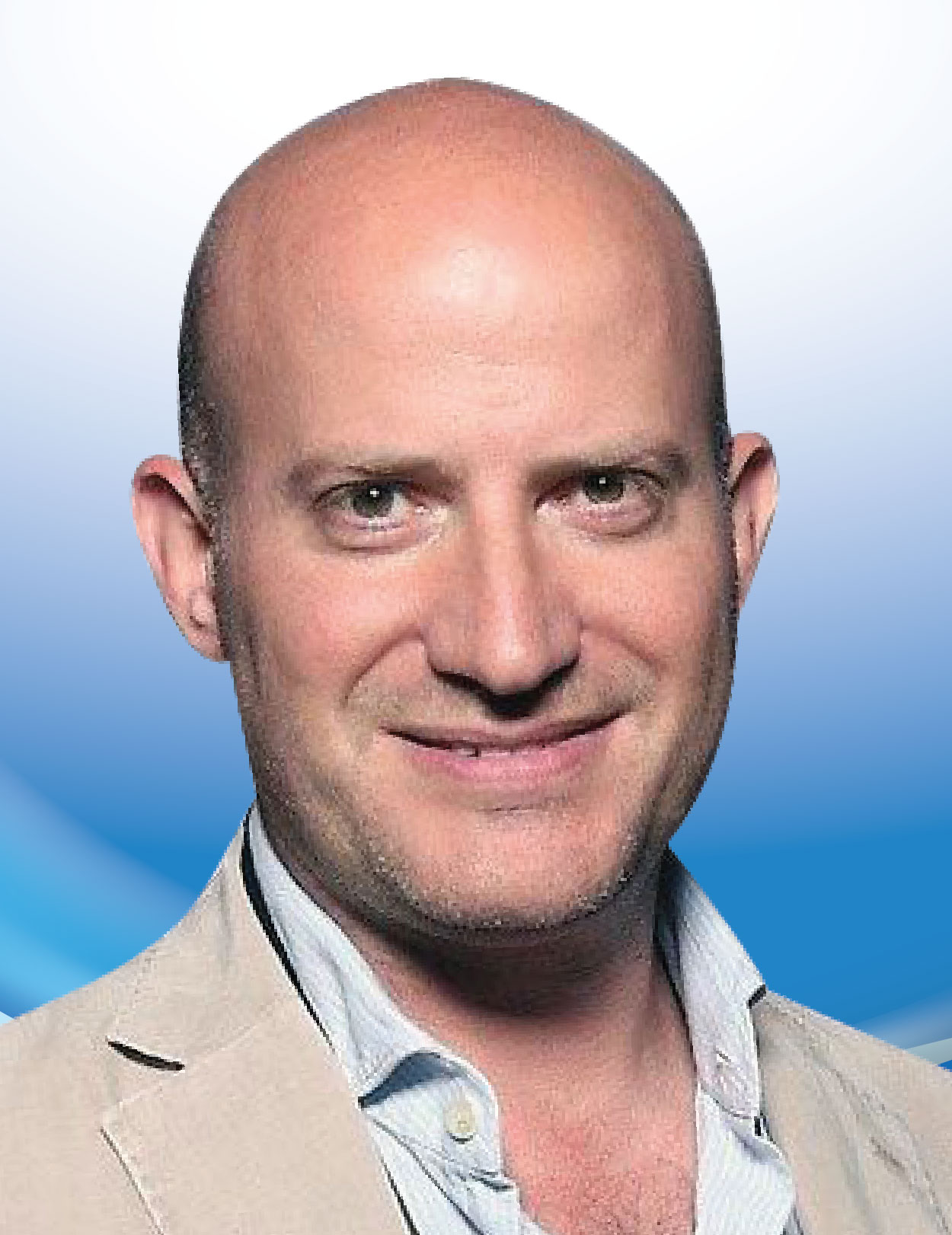
Uri Gutermann is CEO at Gutermann, a leading manufacturer of acoustic leak detection technology and intelligent water loss solutions, based in Switzerland. Uri joined the family business in 2011. In his former career, he worked as consultant at the strategy consulting firms McKinsey & Company and KPMG and as a banker in the Leveraged Finance practice of CIBC World Markets and in the Agribusiness sector team of the European Bank for Reconstruction and Development (EBRD). Uri holds a Masters degree in international business from the University of St. Gallen, Switzerland, and an MBA from INSEAD in Fontainebleau, France.
Drought and in some cases worryingly desolate water networks pose a major challenge to European water suppliers. Steadily rising energy costs further exacerbate the situation. The water networks continue to grow due to the increase in population and leakage rates are very high in many European economies. The EU’s new Drinking Water Directive 2020/2184 requires a massive increase in transparency and accountability in European utilities, driving significant roll-out of active leak detection programmes and the collection of enormous amounts of data to prove how much water is produced, pumped, consumed and physically lost. Billions of Euros are being funnelled into member states to address the high leakage rates and the ageing infrastructure.
Increasing demand for water loss solutions, actionable data and operational efficiency also drive innovation in our sector. On one hand, the large-scale monitoring of water networks with correlating noise loggers plays a central, strategic role in the fight against the ever-increasing water losses in municipal water networks. Daily updated data enables water utilities to quickly detect acoustic changes in the network, locate and repair leaks, and reduce leak runtimes to a minimum in order to keep overall losses at a moderate level – all without the need for additional staff or large numbers of specialised personnel on site. Thanks to all of these reasons, Gutermann won the largest monitoring project ever acquired in Continental Europe in 2022. An extensive case study with results will be presented.
On the other hand, advancement in communication, usability, artificial intelligence, and the integration of other data relevant for effective non-revenue water management are driving new product innovation at Gutermann. This presentation will showcase recent and upcoming innovations and product launches which should help also utilities in Asian markets approach water loss in a more efficient manner. This includes the integration of data from Gutermann’s own compact flow and pressure logger range and new field instruments that allow uploading their data and events to a central cloud system. These advancements are expected to enable also Asian water utilities to reduce their water footprint and make their infrastructure more resilient.
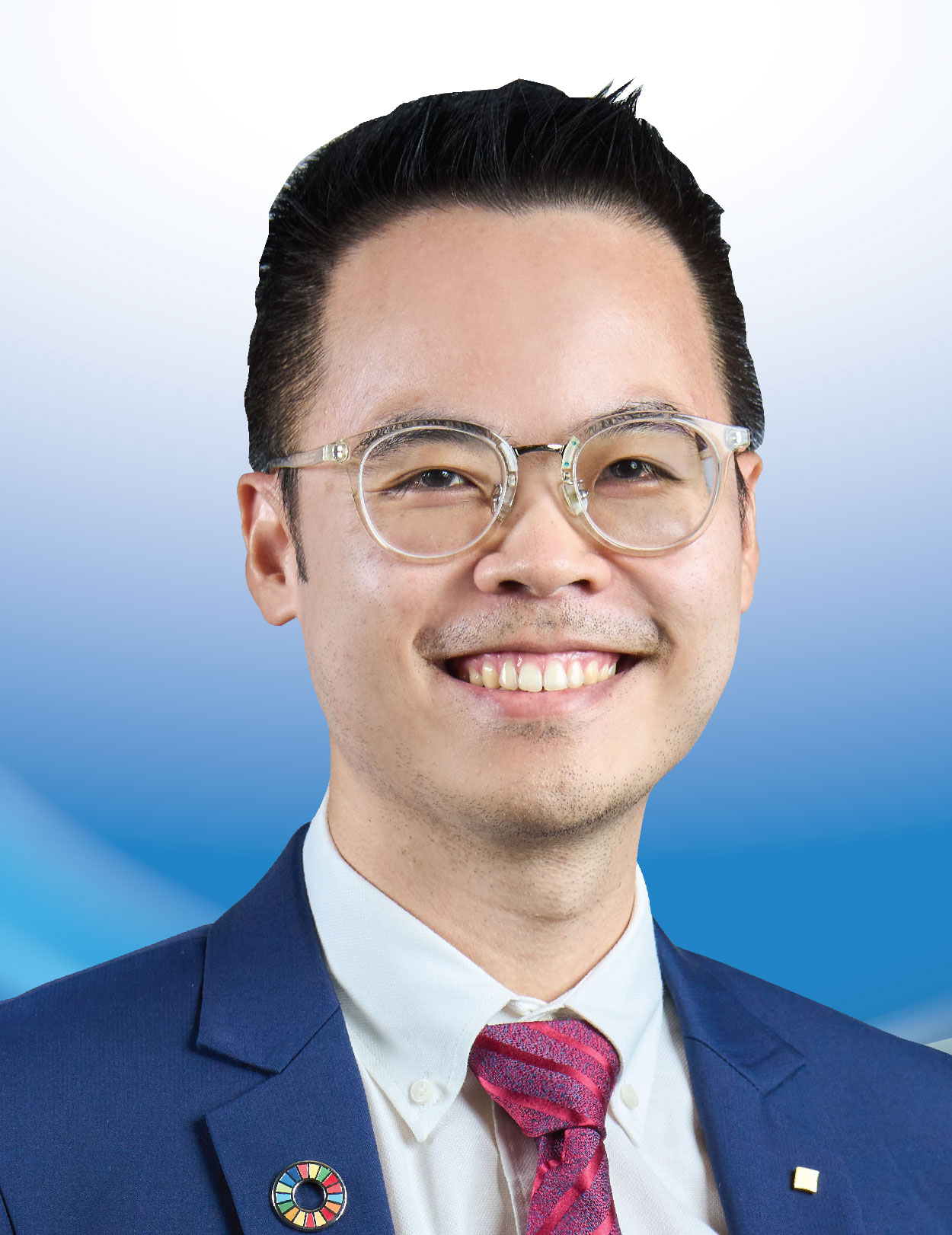
Puranut Wisutjindaporn or Pong has more than 17 years of work experience in the water industry. He has joined Yokogawa as the Regional Business Development Manager since March 2022. Prior to this, he had worked for many international water companies in various roles from project engineer, consultant, and business development manager. His experience spans design and construction of water infrastructure projects, public private partnership (PPP) projects, sewer rehabilitation and digital solutions for the water industry. He is committed to helping water companies propel the advancement of technologies and tackle their operational challenges. He received a Master of Science in Environmental Science and Engineering from Nanyang Technological University under the Singapore Stanford Partnership (SSP) Program and a Bachelor of Engineering in Environmental Engineering from Chulalongkorn University.
Water loss reduction is a common challenge for all water utilities worldwide. It is a complex topic that not only requires technical expertise but also proven and cost-effective technologies to overcome. It demands a continuous and dedicated commitment from all stakeholders to achieve and maintain a desirable water loss level.
Until now, Yokogawa has supplied instrumentation and control systems together with third-party software solutions to water utilities for water distribution network management. It was observed that most water utilities in developing countries often struggle to reduce water loss (or non-revenue water) despite their concerted effort. While mature utilities in developed countries deploy a plethora of sensors in their networks, utilities in developing countries sometimes find it difficult to locate leaks effectively and efficiently due to a lack of sensors and oftentimes budget.
Yokogawa recognizes a growing need for an affordable yet effective leakage management solution and has developed the OpreX – Water Loss Management System (WLMS) as a digital platform which acts as a decision support system and operational dashboard targeting customers in developing countries. After consultations with several utilities on their requirements, Yokogawa intends to include fundamental functions: Water Balance, Pressure Management, and Night Flow Analysis at launch. The software solution will later offer a range of features for the evaluation of economic benefits and the long-term utilization of assets. Yokogawa hopes that the WLMS will assist water utilities to carry out their analysis, leak detection, and proactive action necessary to address water leakage issue.
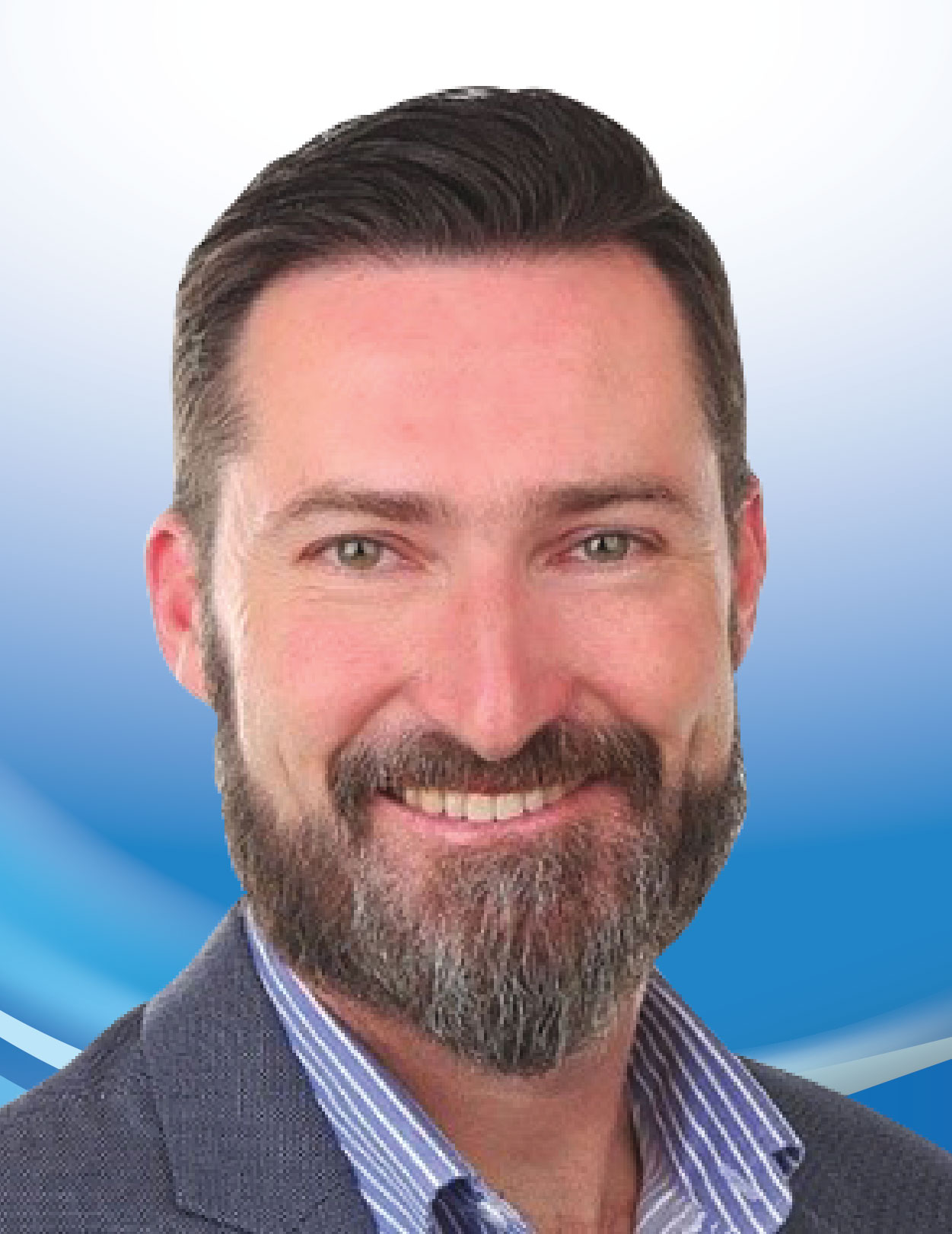
Matt boasts an impressive 25-year tenure in the utility sector, where he has served as a pivotal consultant to Oracle’s clientele and partners, driving energy business transformation and fostering innovation. His influence has been pivotal in steering through the waves of deregulation sweeping across Asia Pacific, Europe, and the Americas. Matt’s collaborative efforts with customers and partners have been instrumental in optimizing outcomes across diverse domains, ranging from grid performance to heightened customer engagement.
His fervor lies in witnessing utilities harness their boundless potential to elevate customer experiences, fine-tune utility operations, and expedite decarbonization objectives. Matt’s driving passions encompass:
– Fostering a forward-moving drive within utilities to initiate their journey towards a low-carbon energy future, while also embracing inventive methodologies for water conservation.
-Unleashing the true potential of AMI and grid data for energy enterprises, effecting meaningful change.
-Pioneering a novel energy company-consumer relationship that begets shared advantages, both financial and environmentally driven.
-Disrupting conventional power-planning paradigms by propounding alternatives like demand response and behavioral shifts. Using these innovative approaches to sidestep superfluous generation and greenhouse gas emissions.
-Forging a nexus among ESG, EV, and DER aspirations, seamlessly translating visionary ideals into pragmatic solutions for the ever-evolving energy landscape.
It’s well known that water loss, in both supply as well as behind the meter, negatively impacts revenue and creates risk for a utility. Without a holistic approach to non-revenue water reduction, the financial impact can compromise important initiatives to further expand and improve water supply, service and quality.
In this session, we’ll dive into smart technologies and digital strategies that can help prevent and reduce the financial, operational, and customer impacts of water loss, to promote a more sustainable approach to water management.
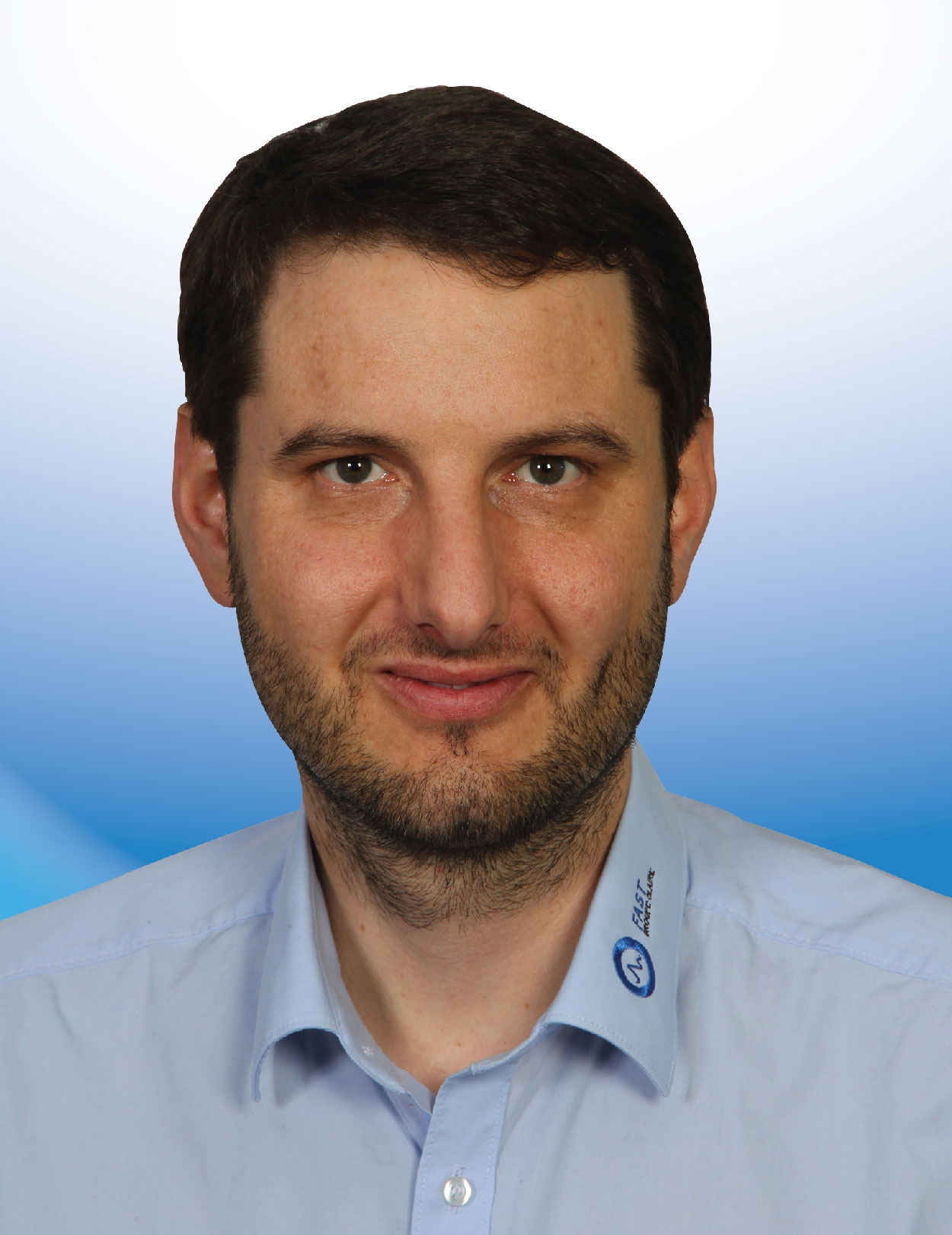
Mr. Riehle has been working in the field of physical leak detection for more than 12 years. He is active in many national and international associations and organizations like the DVGW (German Association for Gas and Water), GWP (German Water Partnership), DWA (German Association for Water, Sewage and Waste) as well as the IWA (International Water Association) where he also participates in meetings related to regulations and technology. During his professional career he traveled around the globe and experienced a lot of different (water) infrastructure conditions, whereas each situation needs a different approach and solution for their NRW issues. Due to a 7-year project in China (2015 – 2022 SIGN – Sino German Network, funded through BMBF) he spent most of his time abroad there and has good experience and relationships to Chinese water companies and stakeholders in the water industry.
Germany has one of the lowest leakage rates in Europe and world-wide. In my presentation I will give an insightful overview of how this was achieved. Even though the methods for physical leak detection are similar to how this is practiced in other countries, but Germany and its DVGW association have very strict regulations and guidelines for the water suppliers which they need to follow. Hence, a combination of technology, balanced regulations and well-educated staff is the key to success in this industry.
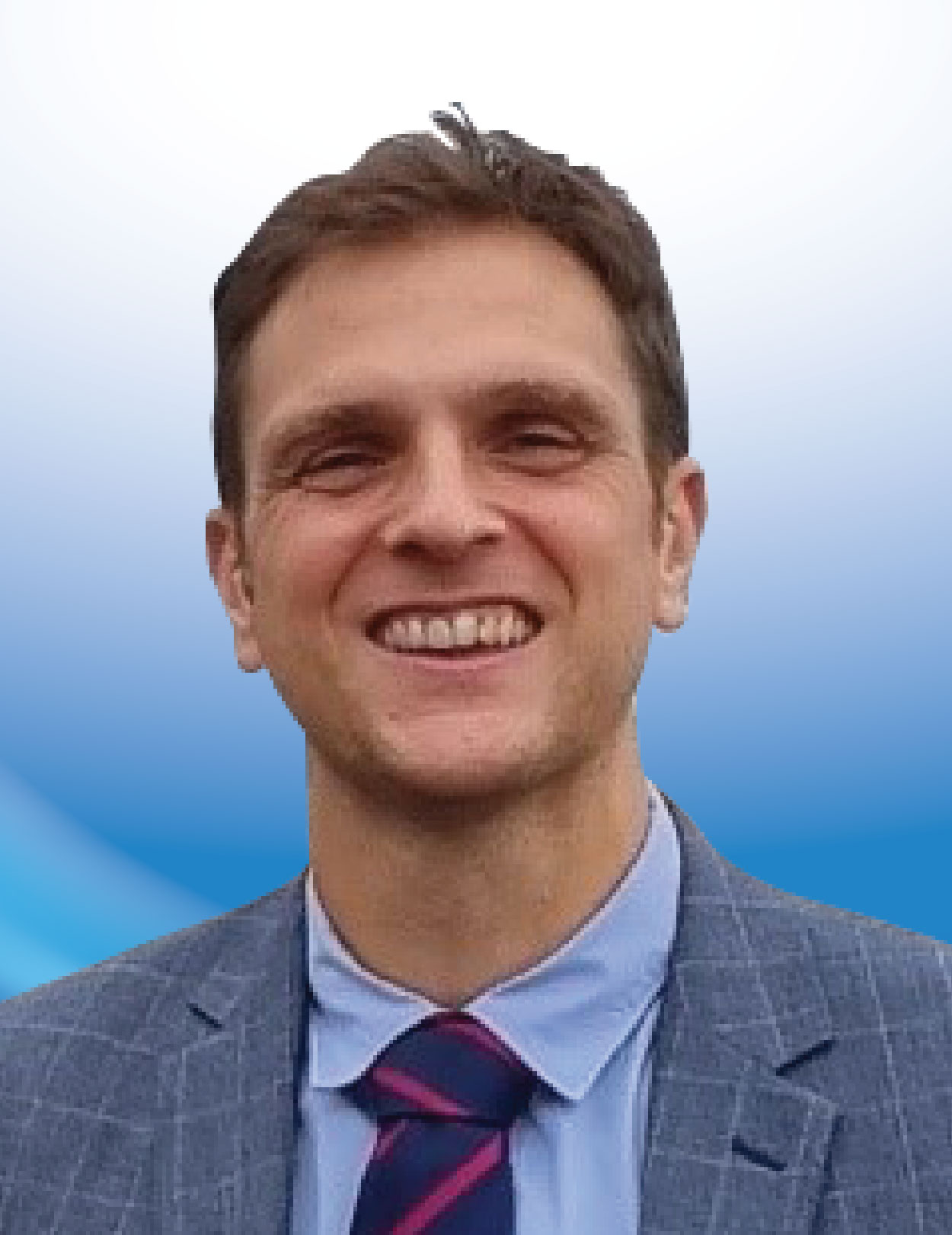
Tom is a Chartered Manager with a strong technical understanding of water networks and high level of expertise in water loss management. He is a Director of Crowder Consulting, having worked full time for the company for 24 years.
In his director role, he is actively involved in developing new streams of work and building specialist service delivery teams. He is responsible for leading water loss consultancy projects, Netbase digital services projects, and leakage detection projects.
Tom is responsible for a multi-skilled specialist team delivering a range of water loss related services. He ensures that the team apply a very high standard of work and innovative approach that utilises cutting-edge technology.
Most recently, Tom has been helping to deliver NetAlytics our latest DMA targeting software, and NetOps our latest leakage detection management software across several clients.
Targeting Water Loss Reduction more Effectively & Improving Leakage Detection Efficiency
Annual Real Losses for each DMA are split into Background Leakage, Reported Bursts Leakage and Unreported Bursts Leakage based upon a component loss model. By focusing on key data outputs and comparing results, emphasis is placed on achieving water loss reduction targets and making better decisions to meet strategic and operational leakage management objectives.
Strategic leakage management applies a grading system to categorise those DMAs that need to ‘Reduce’ water losses and those that should be maintained. DMAs categorised as ‘Reduce’ may need capital investment such as pressure management or mains replacement to reduce the volume of leaks. Other DMAs may benefit from having smart networks to reduce the time it takes to find leaks, in conjunction with better repair management to reduce the time it takes to fix leaks.
Operational leakage management is broken down into DMA leakage targeting and reactive DMA control. It involves ranking DMAs for investigation and determining the most effective leakage detection activities respectively. Central to operational leakage management is improving data confidence and mitigation of data issues, as well as visualising data analytics through digital applications.
Enhancing leakage detection activities can be achieved through use of digital applications that leverage mobile working. This enables visualisation of the water network insights to plan, monitor and optimise operations. It should include planning all types of leakage detection activities within DMAs, mobile feedback from technicians performing activities, and end-to-end performance management to drive continuous improvement.
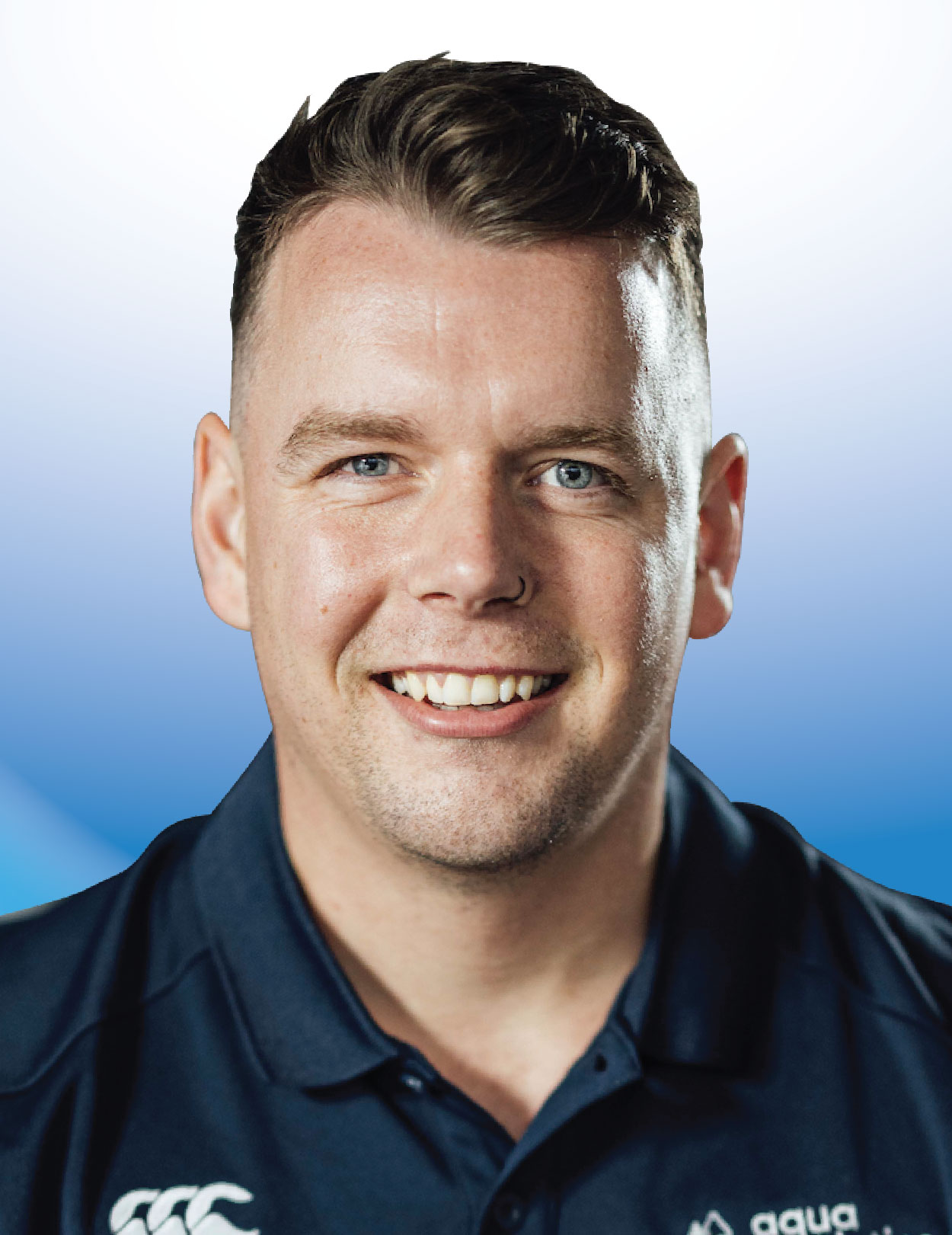
Bryce Haesler is a licensed tradesman with over a decade of hands-on experience in water networks, specialising in acoustic leak detection, water loss management, and pipeline condition assessments.
Bryce plays a key role in overseeing and delivering water network projects that significantly reduce non-revenue water (NRW). His extensive background includes both technical expertise and leadership, honed through his experience managing critical infrastructure projects for some of Australia’s largest water authorities.
At Aqua Analytics, Bryce leads teams in the deployment of advanced water loss strategies, pressure transient monitoring, and acoustic leak detection technologies. His strong interpersonal skills and leadership ensure seamless project delivery, while his technical knowledge ensures meaningful, measurable results are achieved.
This paper explores the deployment of cellular-connected acoustic loggers combined with automated cloud-based correlation. This innovative approach provides operators and control room staff with precise leak locations for rapid investigation and repair. It eliminates the need for manual intervention, significantly enhancing response times and reducing water loss.
This paper discusses a case study conducted in a densely populated urban area, where traditional acoustic leak detection methods can face limitations. Over three months, several dozen small acoustic devices were deployed at 200-350 metres intervals across a metallic water reticulation network with an average pressure of 68 metres head. These devices monitored the pipeline network and transmitted data each morning via cellular protocol, enabling the client to trial the effectiveness and accuracy of the technology (from both a leak detection perspective and a below-ground communication perspective).
During the trial, the smart acoustic system identified several significant leaks, including large and small service pipe leaks, customer-side leaks, and even network anomalies such as a breached boundary valve and a large burst in an adjacent District Metering Area (DMA). Notably, a developing leak was tracked, and intervention could take place before it became a more disruptive burst, demonstrating the system’s predictive capabilities.
The results have led the client to adopt this technology as a standard operating procedure, deploying the devices regularly throughout their urban water network. Aqua Analytics continues to support the client through deployment, analysis, and reporting, ensuring that the solution delivers optimal results for ongoing network integrity.
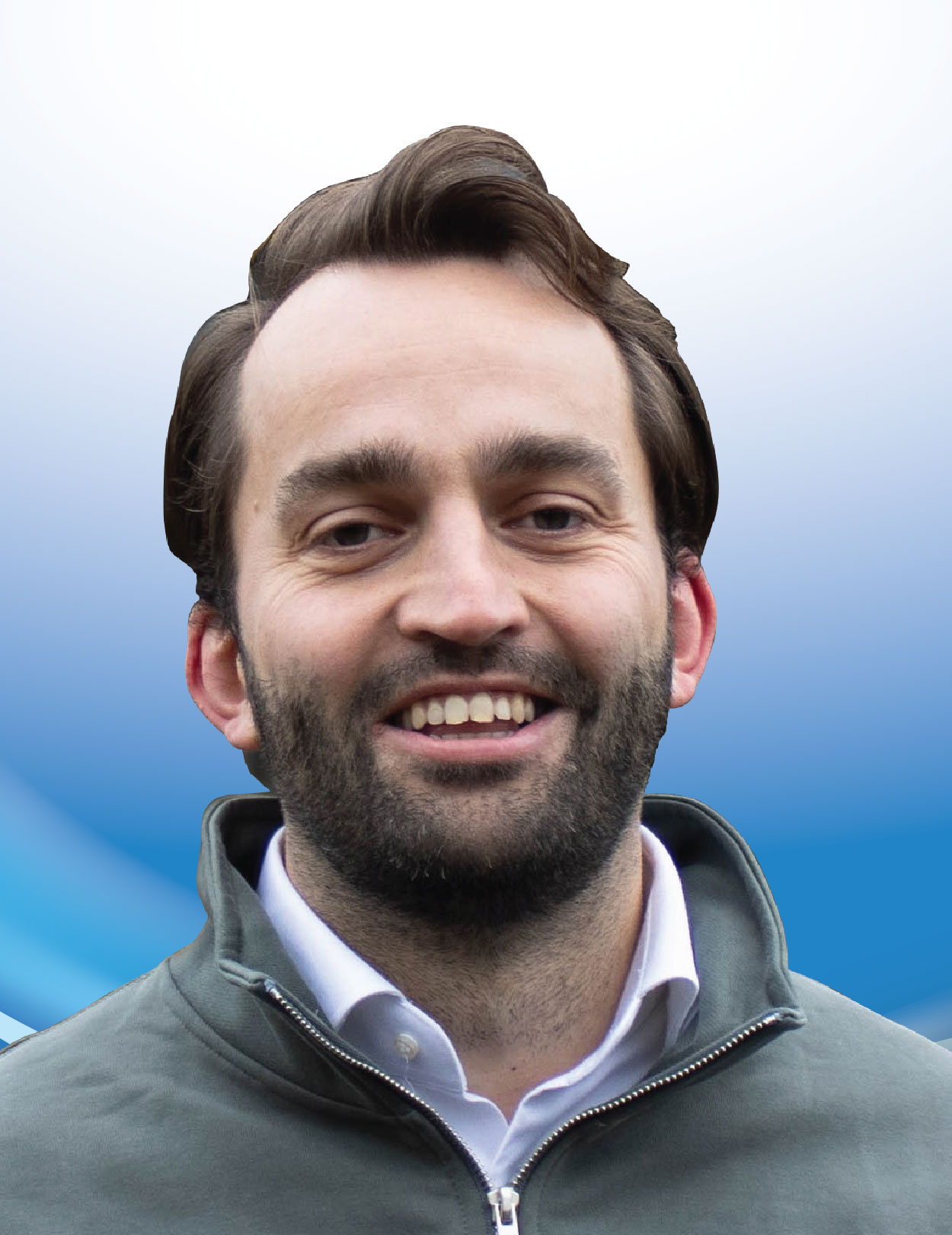
Frank van der Hulst is a seasoned expert in robotics and machine learning, with a career spanning over a decade. For the past eight years, he has been transforming the water industry, leading advancements in sensor technology and machine learning to extract actionable insights. Frank has also been instrumental in developing robots designed for water pipeline inspections and asset management, showcasing his commitment to improving infrastructure resilience. As a leader in the sector, he has consistently demonstrated how innovative technologies can drive value, particularly in leak detection and network management. Now the co-founder and CTO of HULO, Frank leads a cutting-edge startup that develops advanced analytics software for water utilities. His work empowers utilities to make data-driven decisions, optimising operations and enhancing the sustainability of water management. Frank’s contributions are vital to the future of water resource management, blending technology and environmental stewardship.
A Dutch water sector-funded study presents an innovative burst detection approach for drinking water pipes. Traditional methods suffer from false positives and require a specific network structure. The new method uses flow and pressure sensors, needing only one week of historical data per sensor. It combines Bayesian ridge regression with Random Sample Consensus for robust detection, showing superior results compared to conventional techniques, with a 91% accuracy in field tests. Moreover, a data driven approach for leak localisation is applied, to be able to localise leaks up to 250m accuracy, without the need for DMA structure and also without the need for a hydraulic model. The technology is live at Brabant Water and WML, offering substantial benefits like reduced water loss, extended infrastructure life, and cost savings, promising a revolution in burst detection for sustainable water management.
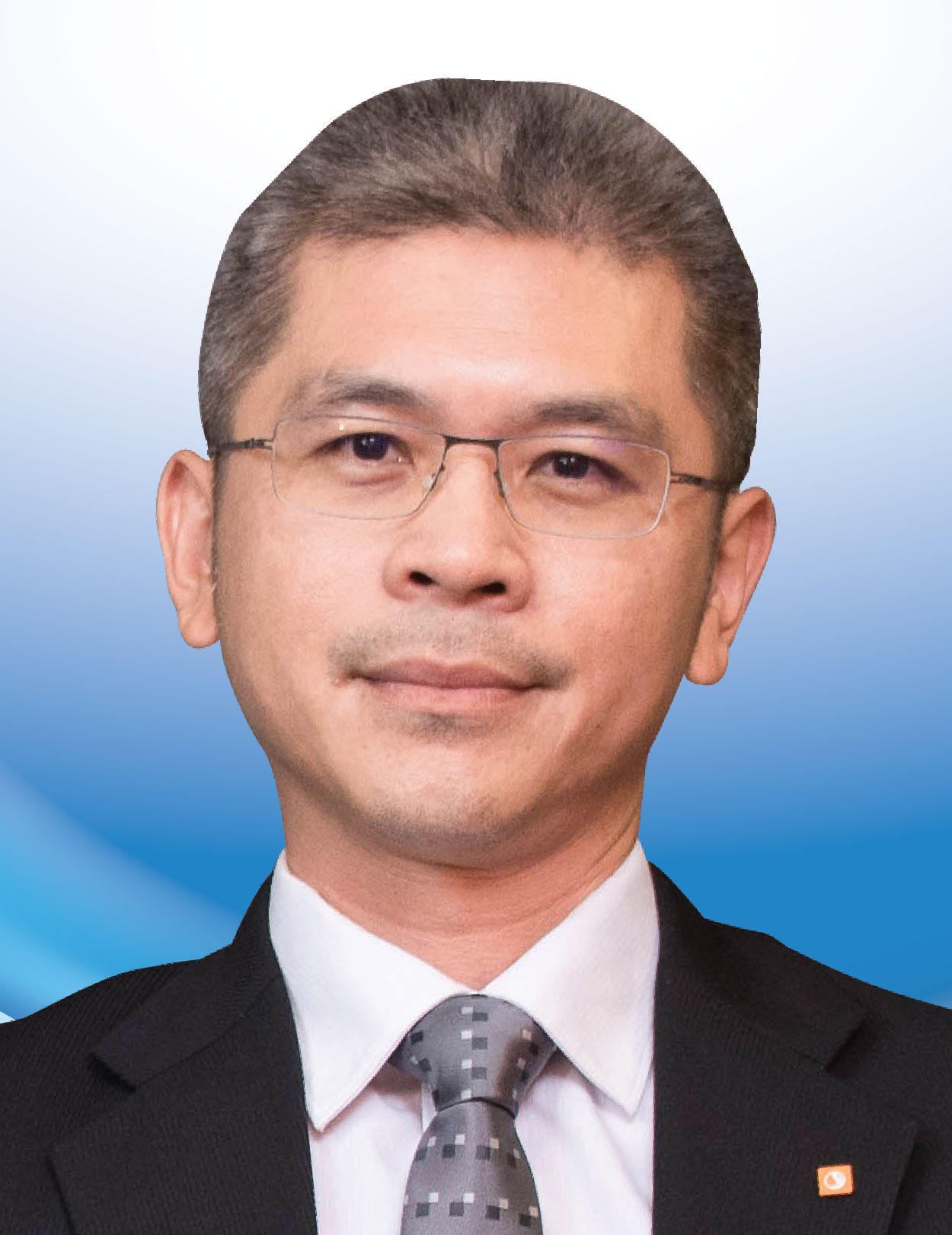
Joe Lim has more than 20 years of experience in the water-related engineering industry, in a wide range of projects including hydraulic modelling, DMA (District Metered Area) planning, transmission water mains design, stormwater sewerage planning & design, wastewater sewerage planning, design & construction management, and alternate project delivery management. His international experiences include Malaysia, Singapore, India, China etc.
Before joining Stantec (legacy MWH) in 2003, he worked as a research assistant in the National Taiwan University (NTU). In the following years, Joe has been extensively involved in projects such as evaluating stormwater sewerage with the aid of hydraulic modelling software, proposing upgrade schemes, and carrying out the planning and design works for water-related pipeline system.
Joe specialises in network modelling, managing projects with multi-interface tasks and has good people and team management skills. He currently heads Pipeline & Network (PN) Service Line, and he also plays an important role in managing quality of project delivery.
Taiwan Water Corporation (Taiwan Water) is the largest water entity in Taiwan with more than 5,600 employees and 380 billion NTD (approximately 12 billion USD) total assets value, it comprises 13 regions to provide water services to its 7.8 million customers. Taiwan Water has devised a 2013-2024 master plan (extended 2 more years from 2022) to reduce and manage Non-revenue Water (NRW) to meet the ambitious leakage target 12% (originally shall meet leakage target 13.45% by 2022) with total budget 100 billion NTD (approximately 3.1 billion USD).
Stantec was awarded a contract by Taiwan Water in 2016 to assist them with reducing the leakage for 3 cities, i.e., Keelung, Taichung, and Kaohsiung by 29,000 cubic meters per day (CMD), 79,000 CMD and 66,000 CMD respectively. Stantec devised a NRW reduction program for these 3 cities, selected design and construction supervision consultants, oversaw the implementation of 2.8 billion NTD (approximately 87.6 million USD) program and provide consultancy services to Taiwan Water. This 3-tier project being executed via 3 phases, it involves different stakeholders e.g., municipality, consultants, contractors etc. which further increases its difficulty and complexity.
A focused combination of leakage reduction works and undertaken by contractors which covers the aspects of pressure management, pipe replacement, active leakage control, and speedy good-quality repairs. Although the journey to meet the leakage target is bumpy, we encountered the situation of metallic pipe shortage, Covid-19 pandemic, lacking construction workers, delay in deciding design and construction supervision consultants and outsourcing leakage reduction works etc., the leakage target achieved and maintained.
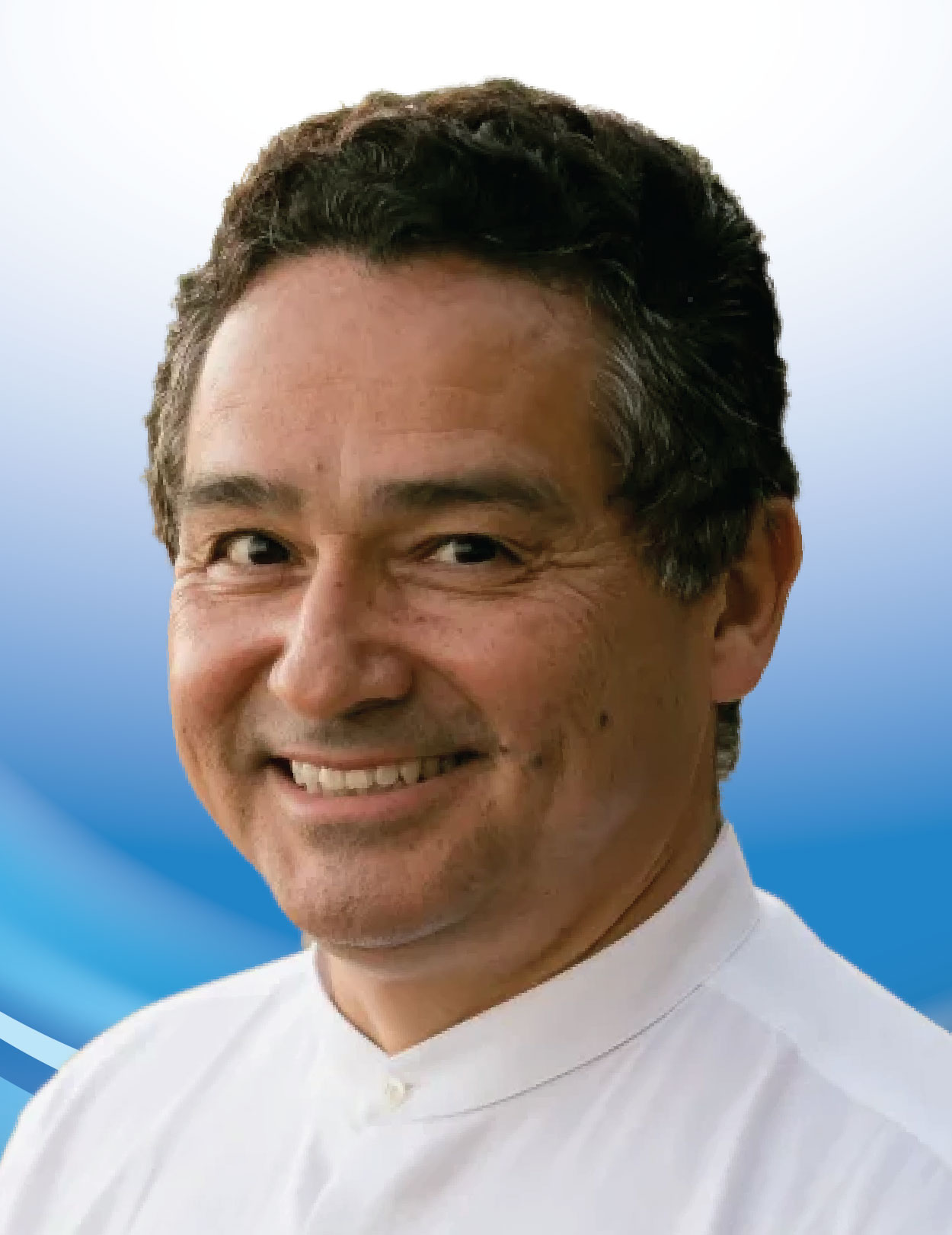
James Valle is the founder and CEO of EFAS Technologies, where he leads the development and commercialization of AI-powered leak localization software designed to assist water utilities in addressing critical issues of water loss. With over 40 years of experience across industries including high tech, aerospace, energy, water, and biotechnology, James has provided strategic leadership for ventures facing complex technological and operational challenges.
Prior to his role at EFAS, he served as COO of IntelliFlux Controls, where he directed efforts to enhance process control and optimization for water treatment, chemical processing, and industrial separations—sectors where efficiency and precision are essential.
James’s career reflects a commitment to leveraging technology for practical, impactful outcomes, particularly in the water sector, where he aims to contribute to sustainable resource management and innovation in water conservation solutions.
An effective NRW reduction program requires careful selection of the right technology for each utility’s needs. In this talk, I’ll assess the strengths and weaknesses of various leak detection technologies, considering risk factors and their potential impact on favorable outcomes. My goal is to help water utilities make informed choices that truly align with their operational needs.
Each technology type has unique advantages. Acoustic and non-acoustic methods serve different detection purposes, while software-based and hardware-based options offer different advantages in precision, data collection, and cost-effectiveness. Drawing from my experiences, I aim to assist attendees in developing effective NRW strategies tailored to their networks.
Whether you’re just starting your NRW initiatives or looking to refine existing strategies, I look forward to providing valuable information that can help you choose the most suitable leak detection solutions. Together, we can work towards more effective and sustainable water management practices that ultimately benefit our communities.
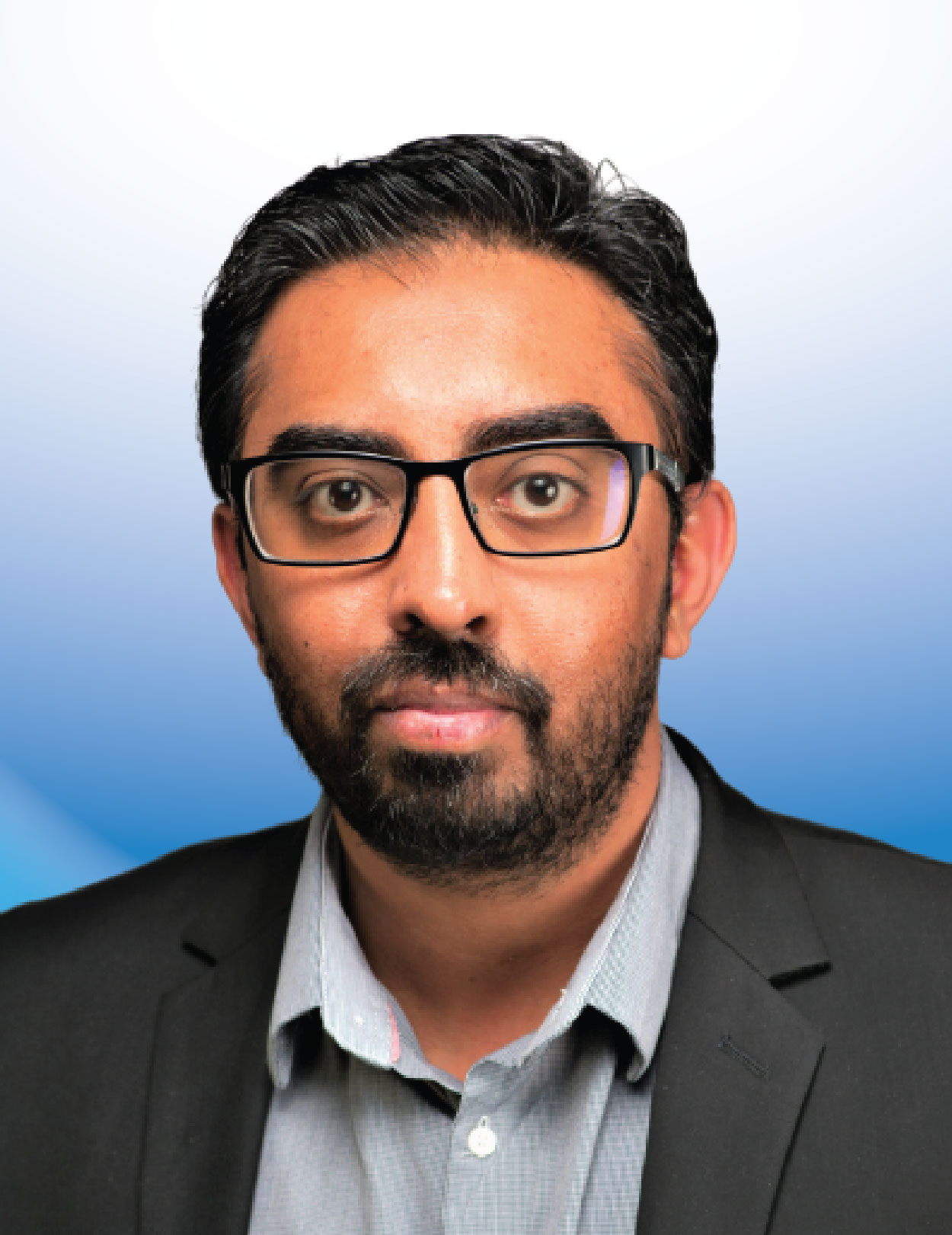
Keshvinder Singh has dedicated 16 years to the water industry, accumulating extensive experience with major water utilities and technology firms.
He started in Air Selangor, Malaysia, where he was involved in the hydraulic modeling and water loss departments. In 2016, he relocated to Saudi Arabia to join Marafiq-Saur, a joint venture between Saudi Arabia’s Marafiq and France’s Saur, overseeing the water supply operations for Yanbu Industrial City.
In 2017, Keshvinder transitioned to Singapore, taking on the role of Consultant Project Delivery at AVEVA, before moving to Schneider Electric as a Consultant for Smart Water solutions in 2021.
Holding a Master’s degree in water engineering, Keshvinder currently leads Schneider Electric’s smart water initiatives, focusing on business development, pre-sales, project delivery, and after-sales support. He collaborates with water utilities to optimize return on investment through innovative smart water solutions. Additionally, Keshvinder chaired the APAC Research Group for SWAN Forum from 2017 to 2020 and is an active member of IWA, SWA, and MWA.
Real Time Pressure Optimization in Water Supply Network – Maintaining just needed pressure in the network
Real losses occur due to physical issues in the distribution network including leaks, bursts and overflows. Managing pressure in the water network is one of the key factors in reducing real losses as can be seen in Figure 1 which shows the four components approach to manage real losses
There is a direct correlation between pressure and real losses
The challenge in many utilities is determining the right pressure and demand that are needed to be met in the network. The key to a successful pressure management is to be able to predict the demand and pressure needed and automatically set the pressure regulating devices to deliver only the required pressure
In this paper, an AI approach of pressure management is explored which involves predicting the future water demand in the network and using that demand to calculate the pressure needed in the network. In order to have a closed loop optimization, the calculated pressure set points at pressure regulating devices are sent to SCADA for real time pressure control.
By using this AI based approach of demand forecast and pressure optimization, a few of the salient benefits that can be achieved are:
• Supplying only needed pressure in the network and thus reducing over pressure
• Closed loop optimization ensures low operator interference
• Extending network life span by reducing the stress on infrastructure
• Ensuring reduced real losses
• For pumped based network, pressure management will also reduce the cost of pumping
• Achieving net zero carbon goals

Helen Foo is an engineer at Stantec, Taiwan, specializing in water supply planning and design. She has been actively involved in conducting maturity assessments for AI applications, leveraging tools such as the Intelligent Water System Maturity Assessment, Evaluation Scoring Tool, and Use Case Prioritization Matrix to optimize AI deployment in business, data, and technology dimensions. Helen has contributed to key projects, including the Pipeline Water Condition Assessment and the development of the Taipei Water Department’s Leakage Control Master Plan, where she performed cost-benefit analyses to assess the financial viability of long-term strategies. Helen has supported water replenishment projects by assisting clients in planning and design phases. Her ability to combine technical expertise with project coordination ensures that each project meets its objectives efficiently. Helen’s work continues to focus on improving operational efficiency and sustainability through innovative solutions.
Integrating Artificial Intelligence (AI) and Generative AI into water management systems offers significant potential to enhance operational efficiency and reduce water loss. The Taipei Water Department (Taipei Water) is undertaking a strategic initiative to address water loss by evaluating its current challenges and AI application needs. This study targets the strategic deployment of AI to address water loss management within the Taipei Water. By employing the Intelligent Water System Maturity Assessment, the current operational state is analyzed to pinpoint specific areas where AI can substantially improve water management efficiency and reduce non-revenue water (NRW). The Evaluation Scoring Tool is used to assess the suitability of various AI tools across business, data, application, and technology dimensions. The Value of Use Case and Implementation Effort Matrix is utilized to prioritize AI implementations, categorizing AI tools into quick wins, long-term strategies, secondary priorities, and deferred initiatives. This approach provides a strategic blueprint for deploying AI-driven water loss management and aiming to optimize future smart water networks.
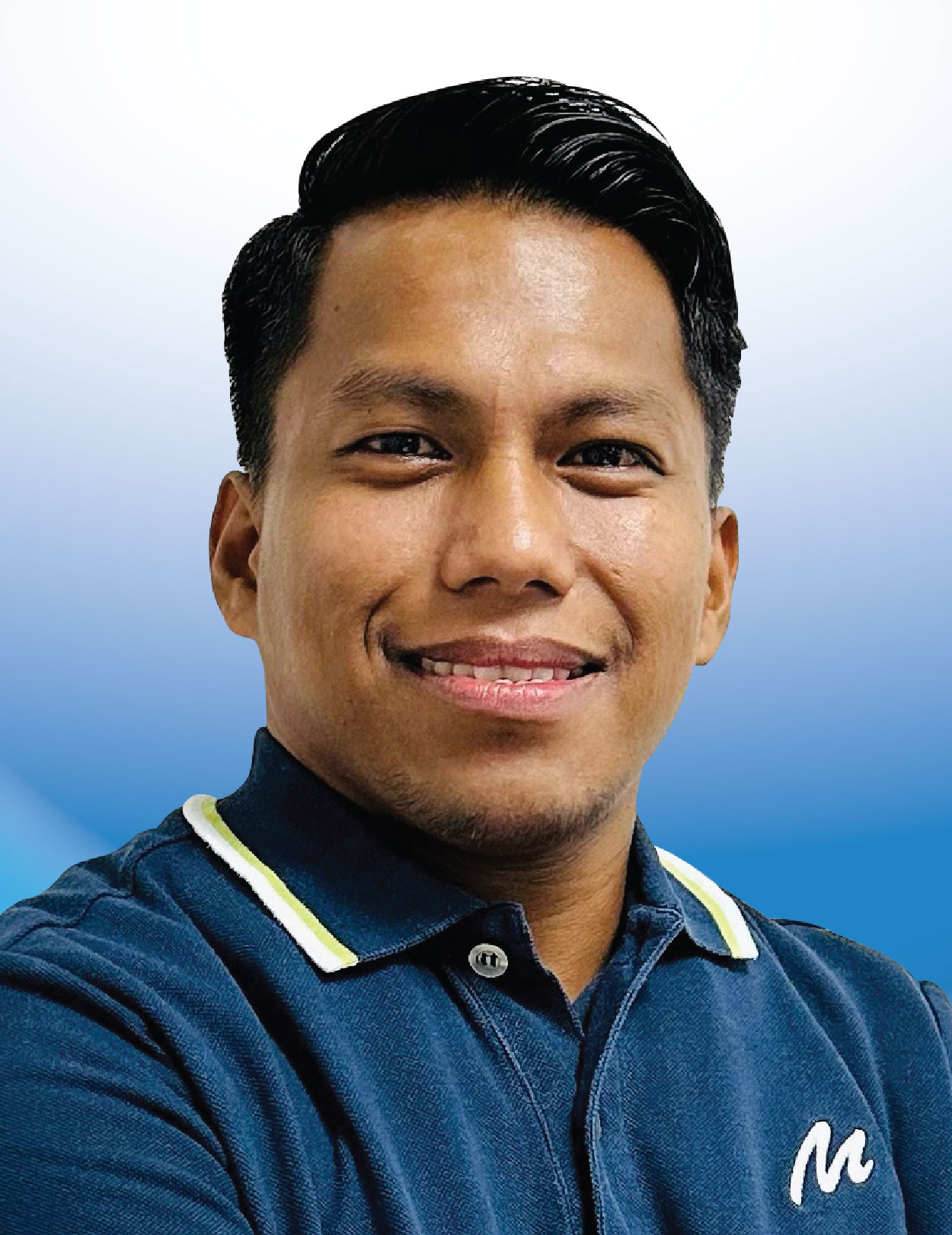
Ryan C. Revilla is an accomplished mechanical engineer with extensive experience in Non-Revenue Water (NRW) management. He embarked on his professional journey at Maynilad Water Services Inc., where he initially served as a Project Engineer in the Central Non-Revenue Water (CNRW) Division, within the Engineering and Construction Department. In this role, Ryan was instrumental in overseeing and supervising contractor activities focused on the repair and replacement of secondary and tertiary water lines, which significantly contributed to NRW reduction and enhanced service levels.
His expertise and dedication led to a transition to the Business Area NRW Operations as a Team Engineer. There, Ryan was responsible for monitoring and conceptualizing pipe replacement projects and conducting critical diagnostic activities such as DMA Establishment, Step-testing, Zero Pressure Testing and other related activities. These efforts were key components of the NRW reduction program, aimed at improving water service efficiency and reducing wastage.
Currently, Ryan holds the position of Officer for NRW Services in the CNRW Management Division. His role involves supervising a team in conducting rapid NRW assessments, feasibility studies, and managing NRW operations. He is also responsible for implementing a comprehensive NRW reduction program in his assigned area. In addition, he is actively involved in training and capacity building, enhancing knowledge and skills related to NRW management among his team and stakeholders.
Non-Revenue Water (NRW), referring to water produced but not billed to customers, poses a significant challenge in water management. Effective diagnostic techniques are crucial for reducing NRW and enhancing water utility efficiency. Maynilad has adopted Pressure Differential Analysis (PDA) alongside traditional step testing to improve leak localization across its network of over 1,600 District Metered Areas (DMAs). PDA works by adjusting the valves of set points of the distribution system of a DMA to alter the pressure and records the variations using data loggers. This method helps identify high water loss areas based on pressure differentials. In contrast, step testing involves closing valves and measuring changes in inlet flow to localize leaks. Data from Maynilad reveals that PDA has an efficiency of 2.2 leaks per kilometer, while step testing is 2.4 leaks per kilometer. Combining PDA with step testing provides a more robust approach to leak localization, improving NRW management both when flow data is available and when it is not. This integration enhances the efficiency of leak localization, thereby supporting better financial and resource management for water utilities.
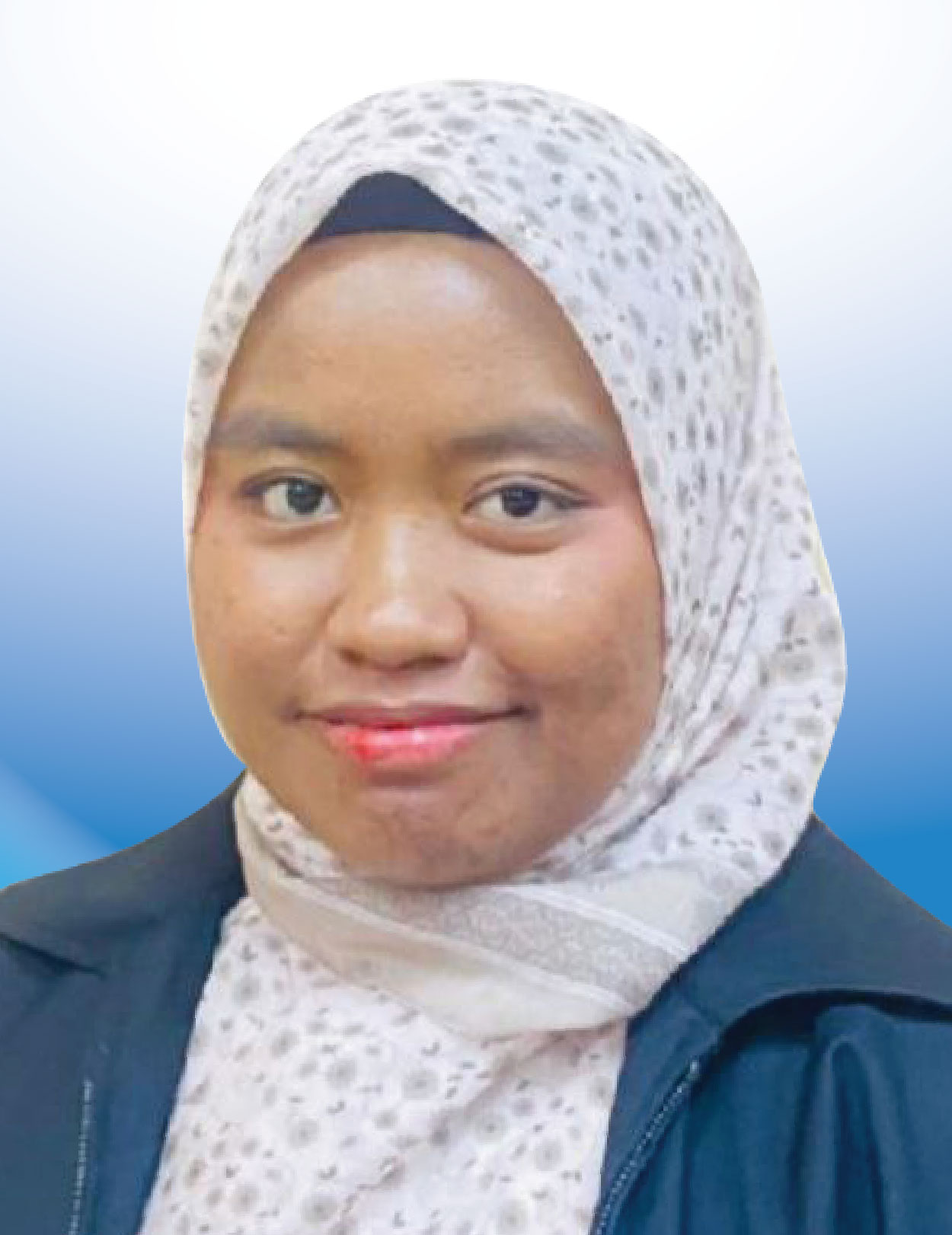
Eva is an engineer specializing in Non-Revenue Water (NRW) analysis, GIS spatial data analysis, and hydraulic modelling. At Wyeth Water Consultant Sdn Bhd, she enhances water supply systems by estimating water losses and performing cost-benefit analyses to drive NRW reduction initiatives. Her project involvements in various states, including Sarawak, Pahang, and Surabaya, where she applies her expertise to optimize water management practices and improve efficiency.
Utilizing tools like WaterGEMS and GIS, Eva integrates complex datasets into hydraulic modelling processes to deliver actionable insights. Previously, as a Research Assistant at UPM Holdings, Eva assessed flood risks and investigated mobile flood wall barriers for community flood defense using hydraulic modelling and spatial data analysis. Her work involved integrating technical insights to develop effective solutions for mitigating flood impacts and enhancing community resilience.
With a practical approach to problem-solving, Eva is dedicated to leveraging data and technical skills to improve water management and infrastructure, ultimately contributing to sustainable practices and community well-being.
Non-Revenue Water (NRW) is a major problem around the world with the World Bank estimating that about a third of water produced from water treatment works does not reach an authorized customer. This study presents the case of NRW assessment that takes place in PDAM Surabaya (or formally PDAM Surya Sembada Kota Surabaya) which is the water utility for the metropolitan region of the city of Surabaya, the second largest city on the Indonesian island of Java. The service coverage is about 99.9% but with limited network pressure of 0.2-0.5 Bar and there is a requirement to increase the level of available treated water resources, for resilience and to cater for future growth. The study aims to assess the current water systems by reviewing recent NRW studies and evaluating the systems and processes used to prepare PDAM Surya Sembada’s water balances. The findings indicate that there is a lack of complete and sufficient data regarding the water balance of system. Furthermore, no conclusive impact has been identified that directly correlates aging meter replacement, meter accuracy, usage patterns, or pressure. Additionally, the available data is inadequate to accurately calculate the impact in terms of cost and Return on Investment (ROI) before making any investments to reduce the NRW in Surabaya.
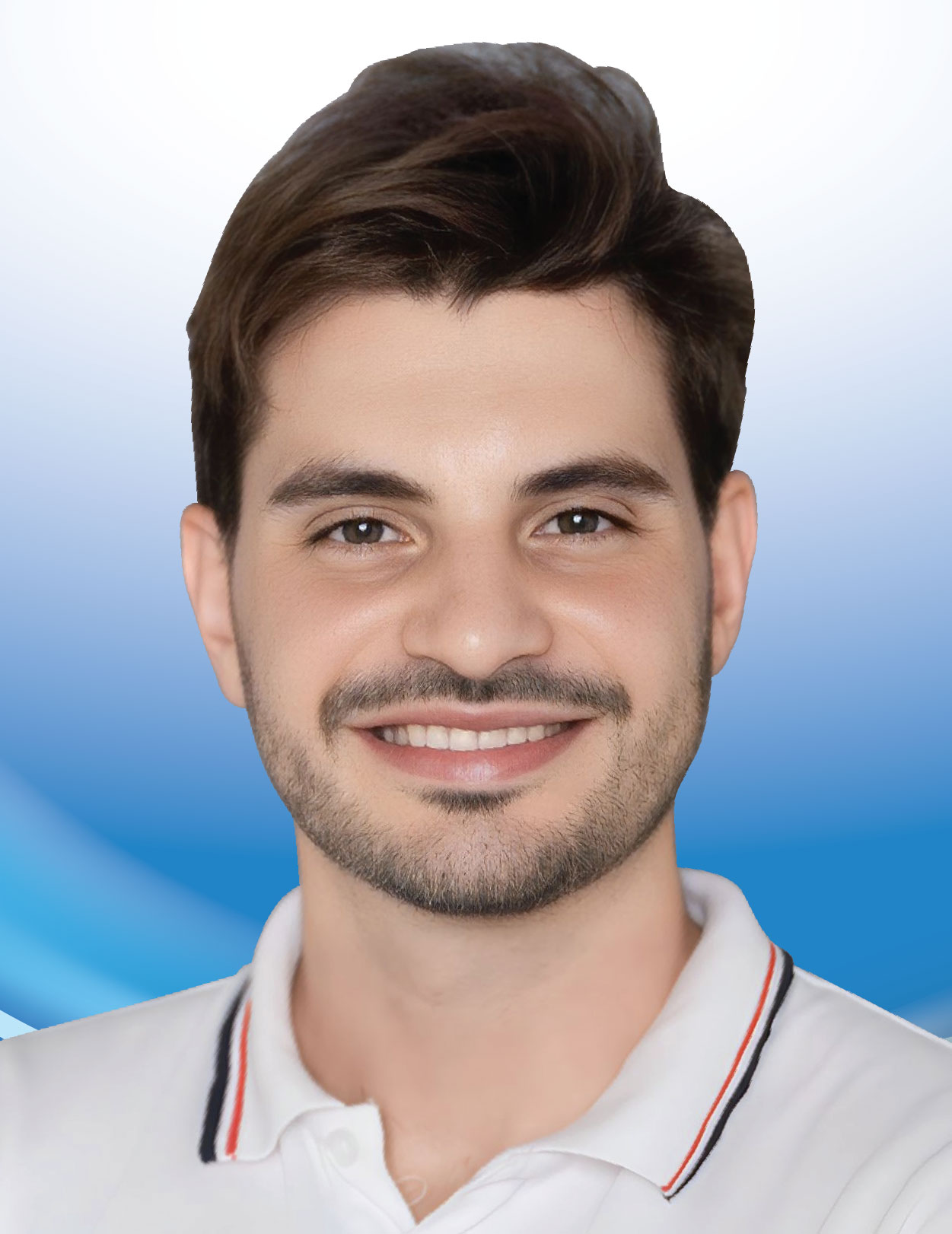
Mathieu Peretti is the Asia Pacific Business Development Director at LACROIX Environment, specializing in IoT and digital solutions for the water industry. Before LACROIX, he was the Asia Pacific Director at WiN MS, an aeronautics and defense company. Mathieu also played a pivotal role at AKKA Technologies in Switzerland, where he was instrumental in developing a new business model and managing a team of over 50 international engineers.
Throughout his career, Mathieu has led transformative initiatives, significantly improving partner process management and enhancing the deployment of technological solutions across culturally diverse networks. Guided by his professional philosophy to “understand before being understood,” Mathieu emphasizes listening to customer needs and market demands, which has been pivotal in his strategic planning and leadership of multicultural teams.
His extensive background in electronic and network engineering, combined with expertise in strategic business development and channel partner development, has positioned him as a key figure in the industry, known for his strategic insight and ability to drive results in complex environments.
As water utilities face increasing challenges from rising water demand, resource scarcity, regulatory pressure, and cybersecurity risks, integrating digital technology is crucial for creating resilient and efficient water networks. This keynote will demonstrate how Smart Water Networks, driven by advanced and essential-only technology from LACROIX, are transforming traditional water infrastructure through digital innovation to create a positive impact.
We will explore the role of Smart dataloggers and advanced RTUs in providing real-time visibility across water networks. Attendees will gain insights into how these tools enable utilities to monitor and manage water distribution dynamically, optimize operations, reduce Non-Revenue Water (NRW), and improve resilience. Through practical case studies, we will show how utilities leveraging LACROIX Sofrel solutions achieve gains in efficiency, strengthen security, and meet rigorous compliance standards.
In today’s rapidly changing landscape, cybersecurity and regulatory compliance are increasingly critical. This presentation will cover how LACROIX’s secure, scalable solutions meet these needs, safeguarding sensitive data and supporting adherence to evolving regulatory frameworks.
Looking to the future, we’ll discuss how Smart Water Networks are crucial in fostering sustainability and environmental stewardship. These networks reduce resource wastage and enhance environmental resilience by enabling utilities to respond proactively to issues and mitigate water loss. LACROIX eco-designed solutions, position utilities to build a sustainable, secure future for water management. Join us as we explore the next frontier in water technology, discovering how Smart Water Networks play an essential role in shaping a resilient, environmentally responsible water sector.
Asian Perspectives on Water Loss Management and Carbon Reduction
